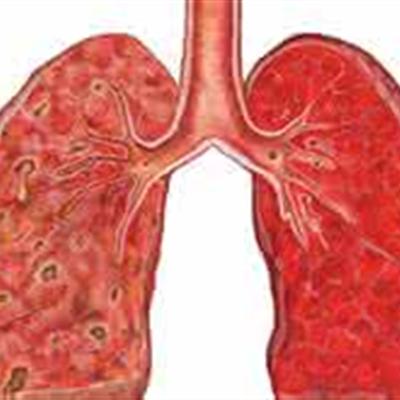What is the difference between uterine fibroids and uterine sarcomas?
summary
Uterine fibroids and uterine sarcomas, although only one word, but the harm they bring is not the same, many female friends because they do not understand the two diseases, so as to delay the best treatment time! One of them belongs to benign tumor, the other belongs to malignant tumor, we must carefully distinguish.
What is the difference between uterine fibroids and uterine sarcomas?
Uterine fibroids: the most common benign tumor in female genitalia, and one of the most common cancers in the human body, incidence rate is high among women aged 30 to 50. Uterine leiomyoma is mainly caused by the proliferation of uterine smooth muscle cells. A small amount of connective tissue fibers exist only as supporting tissues. Its exact name should be uterine leiomyoma, commonly known as uterine leiomyoma. Because its pathogenesis is related to female hormones (estrogen and progesterone), it belongs to hormone dependent tumor.

Uterine sarcoma: it is a rare and highly malignant tumor of female genitalia. Uterine sarcomas account for 2% of uterine malignant tumors. The most common age is about 50 years old. The main clinical manifestations are abnormal vaginal bleeding (postmenopausal vaginal bleeding or abnormal menstruation), abdominal mass (mass increases rapidly, if the sarcoma grows into the vagina, there is a mass protruding in the vagina. The uterus is often enlarged, irregular in shape, soft in texture), abdominal pain (abdominal pain or hidden pain due to rapid growth of myoma), vaginal secretion is increased (serous, bloody or white, purulent and stench when combined with infection), and late stage patients may have emaciation, anemia, fever, systemic failure, pelvic mass infiltration of pelvic wall, and immobility.

Patients with uterine fibroids without obvious symptoms, only in gynecological examination, or surgery was accidentally found. The main symptoms include menstrual change (increased menstrual volume, shortened cycle or prolonged menstrual period, etc.), irregular bleeding, and pain (usually no *, but the occurrence of red degeneration or myomatous myoma and torsion of the leiomyoma and submucous myoma stimulate the uterus to produce spasmodic contraction, which can cause acute abdominal pain), compression symptoms (myoma pressure bladder, frequent micturition, voiding dysfunction, urinary retention, etc.) Compression of the ureter can cause hydronephrosis. Myoma of the posterior wall of uterus can squeeze the rectum, causing difficulty in defecation), increased vaginal secretions, infertility, anemia (long-term menstruation can lead to secondary anemia), etc.

matters needing attention
Although uterine fibroids and uterine sarcomas belong to tumors, they are different in nature. I hope the majority of female friends will recognize these two diseases, and never confuse them, otherwise the consequences will be quite serious. If you still don't understand, you'd better consult a doctor. At the same time, it is suggested that patients' friends should go to regular hospitals for examination and treatment to avoid misdiagnosis.












